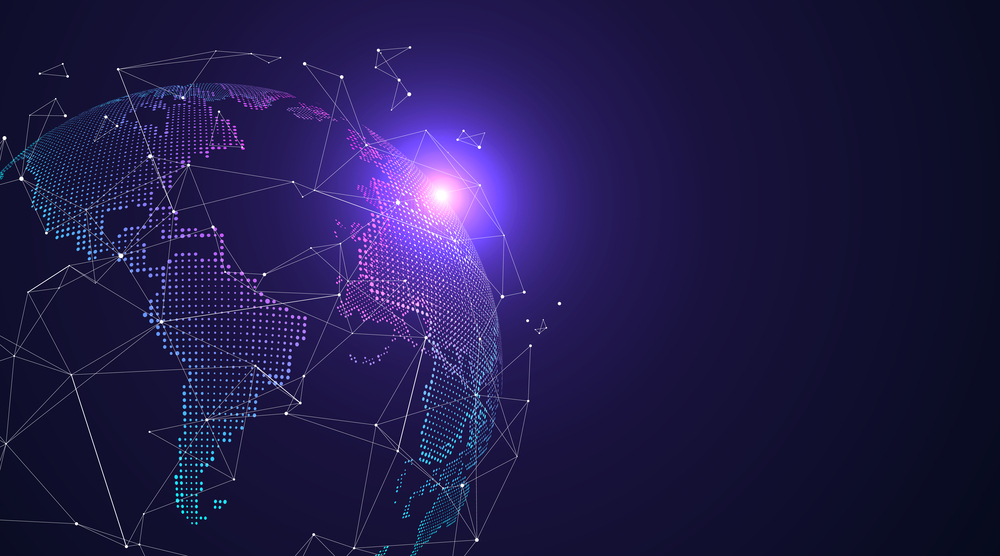In a groundbreaking disclosure, PwC’s Global Artificial Intelligence Study has unleashed staggering results, highlighting the transformative prowess of Artificial Intelligence (AI) in reshaping the GDP potential of the global economy.

Artificial Intelligence (AI) stands as a colossal game-changer, harbouring tremendous value potential for the global economy. The predictions indicate that by 2030, the global GDP will be 14% higher, that is, a staggering additional $15.7 trillion, outperforming the current GDP of two of the most significant economic giants of the globe: India and China. A seismic shift is anticipated, with $6.6 trillion stemming from amplified productivity and an even more noteworthy $9.1 trillion from the consequential effects on consumption.
At the report’s essence lies a resounding message: AI can revolutionise economic landscapes, but strategic investments across diverse AI technologies are vital to unveil this phenomenal possibility.
Let us begin with what AI is.
According to IBM, a stalwart in the tech industry, AI, in its simplest form, is a field which combines computer science and robust datasets to enable problem-solving.
So, how does AI’s connection translate into a significant contribution to the global economy?

Welcome to our digital age, where everything, from making things to learning, shopping, and business, has gone digital. Imagine life without that digital touch—it’s almost impossible! The Internet and smartphones have woven themselves irreversibly into the fabric of our daily existence.
The Internet and the mobile technologies that prompted the untractable first wave of a digital era are known as the Internet of People. But now, PwC’s AI specialists’ analysis believes that the data generated from the Internet of Things (IoT) will outshine the data generated by the Internet of People so many times!
More data means things become more standard and automated, making products and services more personalised. This kicks off the next wave of the digital era. AI uses data from people and things to automate what we already do and discover new ways of doing things we have never imagined!
Down the lane, the most significant and anticipated economic upswing attributed to AI is expected to stem primarily from enhanced productivity. This means automating everyday tasks, improving what employees can do, and allowing them to concentrate on more valuable work.

The effect on productivity has the potential to be a game-changer in competitiveness.
This suggests that the introduction of AI can alter how efficiently businesses operate. Those slow to adapt may struggle with competition and risk a loss of market share. Yet, it’s crucial to note that, at this juncture, the primary impact of AI is on enhancing existing processes rather than revolutionising them entirely.
Consumers are drawn to products and services that offer higher quality and personalisation. At the same time, a rise in consumption sets off a positive cycle—more interactions generate more data, leading to better insights, improved products, and, in turn, even more consumption.
Companies leading in AI will have a leg up with a better understanding of customers. This means they can quickly adapt to what customers like, customise their offerings accordingly, and, as a result, grab a larger market share. We’re already witnessing innovation and uniqueness driven by data on how books, music, videos, and entertainment are made, shared, and enjoyed, resulting in new business models and market leaders.
Is the implementation of AI a threat to jobs?
With daily reports of layoffs, the instinctive and fearful response for many is yes. However, in reality, it’s a no. According to the World Economic Forum’s Future of Jobs Report 2020, by 2025, automation and a reshuffling of tasks between humans and machines will disrupt 85 million jobs globally. Yet, in the same period, the robot revolution is expected to generate 97 million new jobs. For instance, if a graphic designer loses his job due to AI prevalence, a new opportunity arises—who will instruct the AI on what the design should entail?
As per PwC’s report, the significant economic gains anticipated from AI will be particularly noteworthy in China, marked by a substantial 26% boost amounting to $7 trillion, and in North America, where a 14.5% boost translates to $3.7 trillion. Together, these regions contribute to a total of $10.7 trillion, accounting for nearly 70% of the global economic impact driven by AI. Other territories, such as Southern Europe, are expected to see an 11.5% boost, while Developed Asia is projected for a 10.4% increase. However, developing countries may experience more modest gains due to a lower adoption rate of AI technologies in these regions.

In conclusion, PwC’s comprehensive report paints a vivid picture of the economic landscape shaped by the advent of AI. The report hints at a nuanced yet assertive global shift, accentuating the imperative of nurturing AI adoption globally to ensure widespread economic empowerment. The future is undeniably AI-driven, and as nations steer this frontier, strategic planning and inclusive approaches will determine who reaps the maximum rewards of this unparalleled technological revolution.











